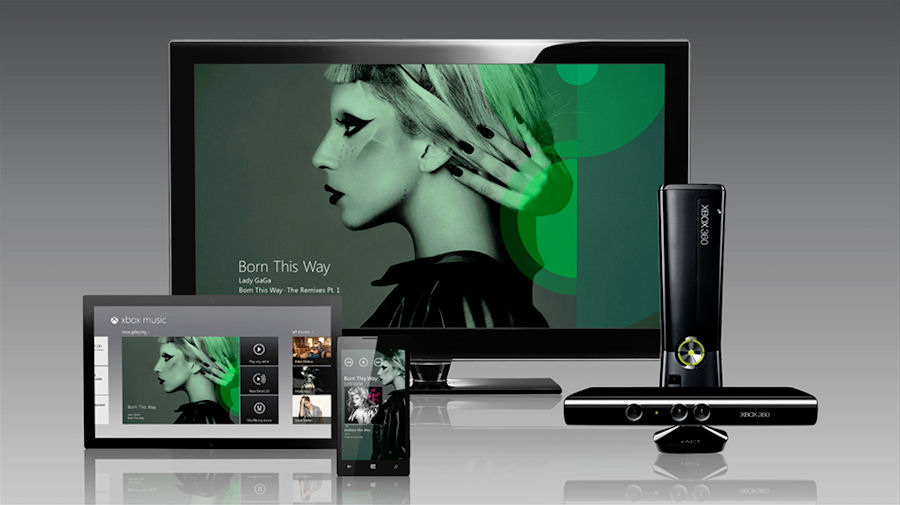A long time ago (or maybe it was October 2003), Apple released their iTunes application for Windows 2000 and Windows XP. Up until that point the client software for Apple's new music player, the iPod, was strictly limited to OS X and Mac OS 9 users, limiting the appeal and reach of the digital audio player to Mac owners (or Windows users willing to put up with the nightmare software that was Musicmatch).
The addition of Windows to the iTunes family co-incided with the mainstream acceptance of the iPod and the start of Apple's ascendancy of the consumer electronics pyramid, pulling people into the family with the iPod, the iPhone, the iPad, and the ever growing army of MacBook users like some giant digital American katamari.
Apple's holistic strategy of providing many entry points and then slowly filling the void in someone's life can also be seen in Microsoft's approach to the new versions of Windows. Be it Windows Phone 8, Windows 8, Windows RT, or whatever update the Xbox picks up next, Microsoft have multiple entry points to their new software, and all of these points link up with every other point in the system.
Grab the consumer once, and you'll be able to show them two or three areas they like. Then they'll be looking at the bigger purchase items months or years down the line. At which point, brutally, you've got them.
Microsoft needs to pull the same trick on Apple, as Apple pulled on them with iTunes.
As it stands, there is a way to have Windows Phone talk to a Mac, and that's through the 'Windows Phone' app available in the iTunes App Store. It does the job, but it still feels very much a programmer's solution, requiring a lot of scrolling through lists to move music, and its visual look leaves a little to be desired.
Sounds a bit like Musicmatch if you ask me.

In the run up to the launch of the iPhone 5, rumours were swirling that Apple would launch a music service, perhaps a streaming Pandora-like service, maybe even a subscription-based offering... but nothing was presented on stage, and Apple's new music service went the way of many Apple rumours, conveniently forgotten by everyone who predicted it.
Meanwhile, Microsoft were finishing the contracts on their update to the Zune Music system. Following a quick rebranding to Xbox Music, the music service from Redmond will offer streaming music, subscription based downloads, purchase options for albums and individual tracks, and a radio based service... all for one monthly fee that matches the cost of Pandora, or Spotify, or other subscription-based services.
There's nothing as all-encompassing as this deal on a mobile platform. To be fair there's nothing really like it on any digital platform at the moment. Microsoft have probably the best mainstream music offering on any platform, from any company. All put together rather quietly.
This is a trojan horse they can use. If I was leading the skunk works at Microsoft, I would be working very hard on building an OS X client for Xbox Music. I would make sure it worked as seamlessly on the Macs of this world as it does on Windows 8 and Windows RT. I would make sure the software has the full Windows 8 Design Language (cough, Metro) on show, that it was integrated at every level of OSX... and it would sync effortlessly with any Windows Phone 8 device hooked up over USB.

The chances are the majority of OS X users would simply ignore the app, but I suspect there would be a lot of downloads of curious people wanting to take a look at the service (perhaps with a fourteen day free trial to get them started). Some of them may already have Windows Phones, others might be ready to switch, but the value for Microsoft here is exactly the same value that Apple had with iTunes on Windows. Awareness and an unspoken acknowledgement that the Xbox Music service works, and delivers everything that it promises.
In time, that truth will build up, and some may start to be curious about the other offering. Windows Phone is a possibility, or perhaps a laptop or tablet - after all, integration is no longer a problem, the Xbox Music of OS X has shown that.
It's worked before, in one direction. Could it work again in the opposite direction?
